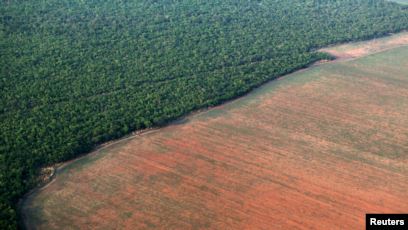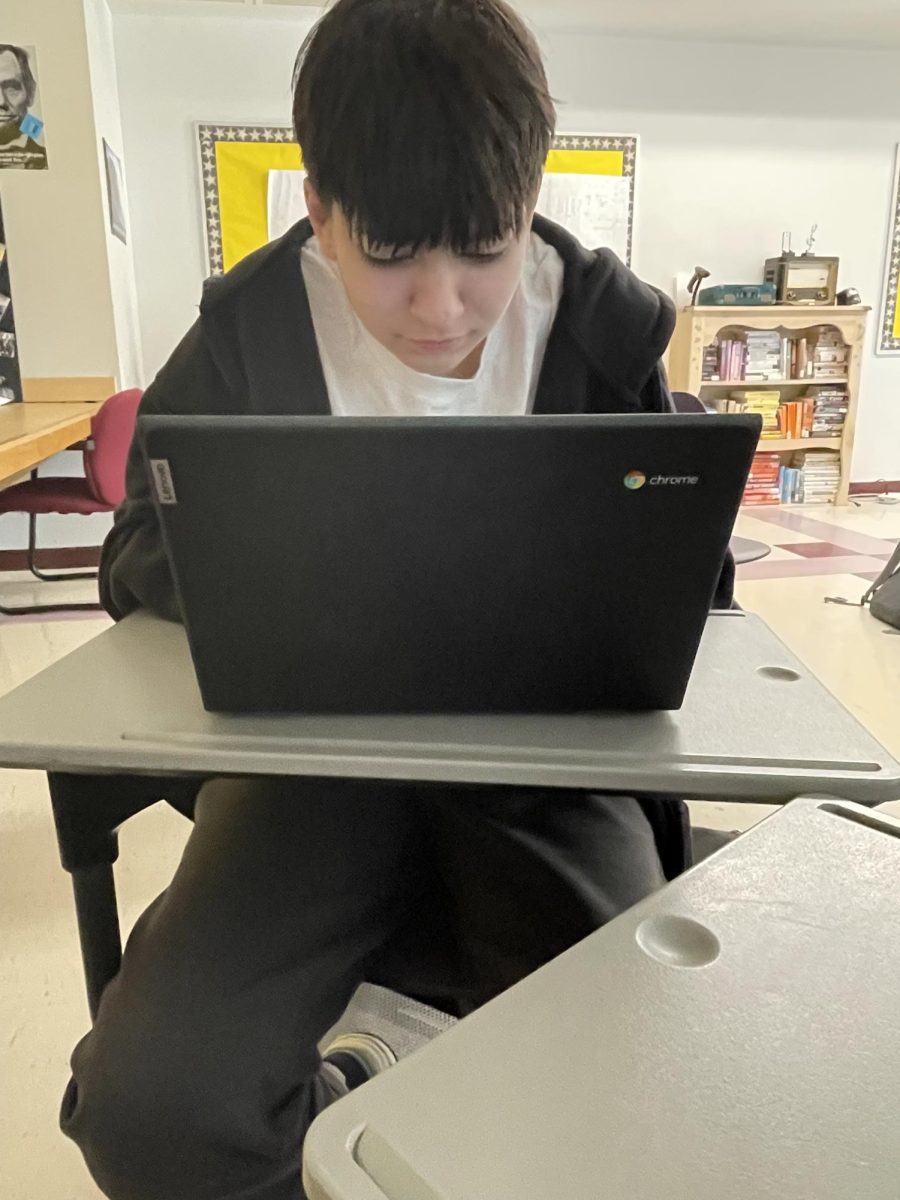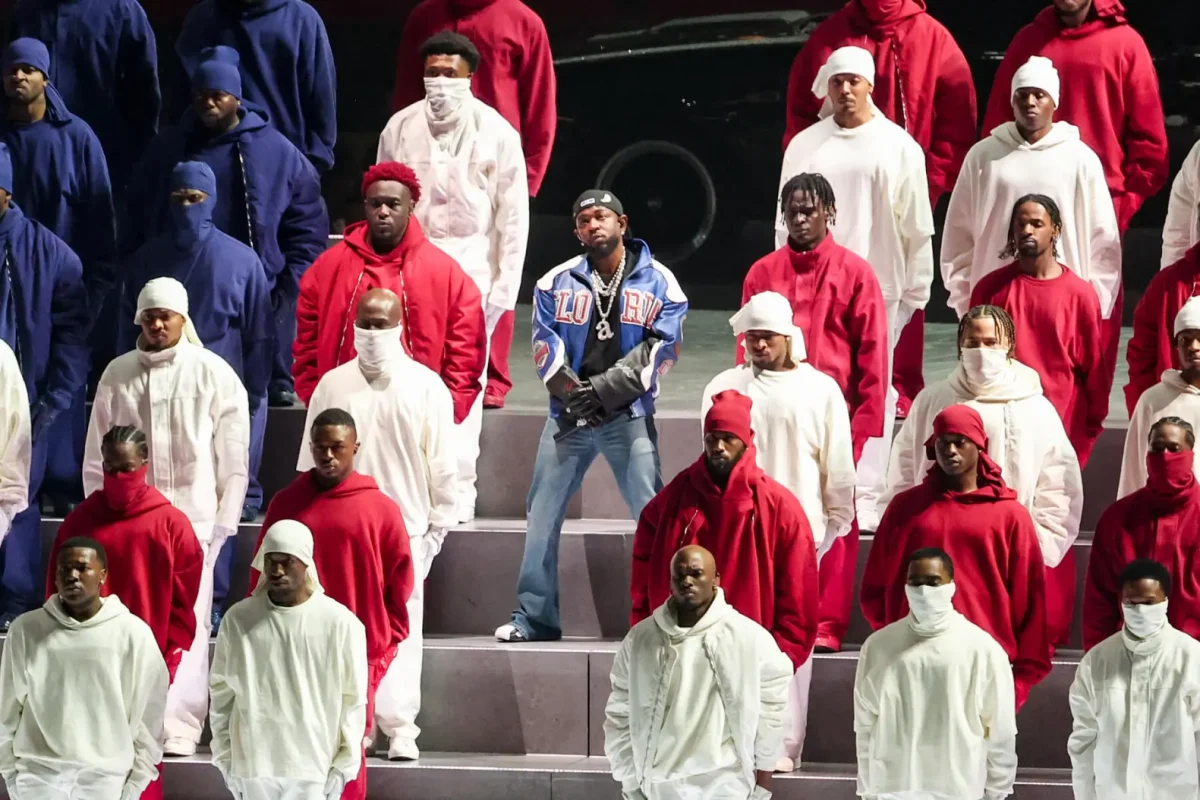Amazon Fires Continue to Burn

October 24, 2019
The Amazon Rainforest, the biggest rainforest in the world, which houses roughly 390 billion trees, is currently burning.
While campaigning, President Jair Bolsonaro promised to open up the protected lands of the Amazon because it’s an obstacle to economic growth.
Farmers are currently burning down these trees for cattle ranching, which accounts for 70 percent of the deforestation the Amazon experiences.
Mary-Elizabeth Boulos and Brandon Toback, both freshmen in WHHS, believe that the world needs to do something about this issue. ur mom
“No one is talking about it anymore, and it is not going away,” states Toback.
“People need to stop just saying it’s bad and do something about it, like putting their money into organizations that are fighting for this cause,” adds Boulos.
The Amazon has lost about 20 of its area in the last 30-40 years; Brazil alone clears an area of the Amazon around the size of Delaware, every single year. In the last four decades, people have deforested a larger part of the rainforest compared to the previous 450 years combined.
The trees of this rainforest trap and store carbon dioxide and release oxygen into the atmosphere which living things need. Not only will burning down the trees affect the amount of oxygen in the atmosphere, but while the trees are burning, smoke and carbon dioxide is being pumped into the atmosphere.
However, the local communities, which are some of the poorest in Brazil are benefitting from the clearing of the trees. The communities improved rapidly, initially (before the deforestation) the monthly average income was 74 Reals per month then that went to 169 Reals in the middle of the deforested area, literacy also went up by 68 percent. The clearing of some parts of the Amazon attracted new investments and roads were made making it easier for locals to go to school and get an education.
Even though the poor communities of the Amazon started to get better initially, things took a turn. A lot of the agricultural land is only productive for a few years, once the productivity of the land is reduced the source of income is lessened. From the 169 Reals of the local month average, the salary went down to 82 Reals per month. Although, 82 Reals monthly average is still better than the 74 Reals per month without the deforested land.
The Amazon rainforest stretches around 5.5 million square kilometers of land and includes eight South America countries; Brazil, Bolivia, Peru, Ecuador, Colombia, Venezuela, Guyana, and Suriname. It holds 40,000 different plant species, 16,000 different types of trees, 2.5 million types of insects and 2,505 different types of animals.






